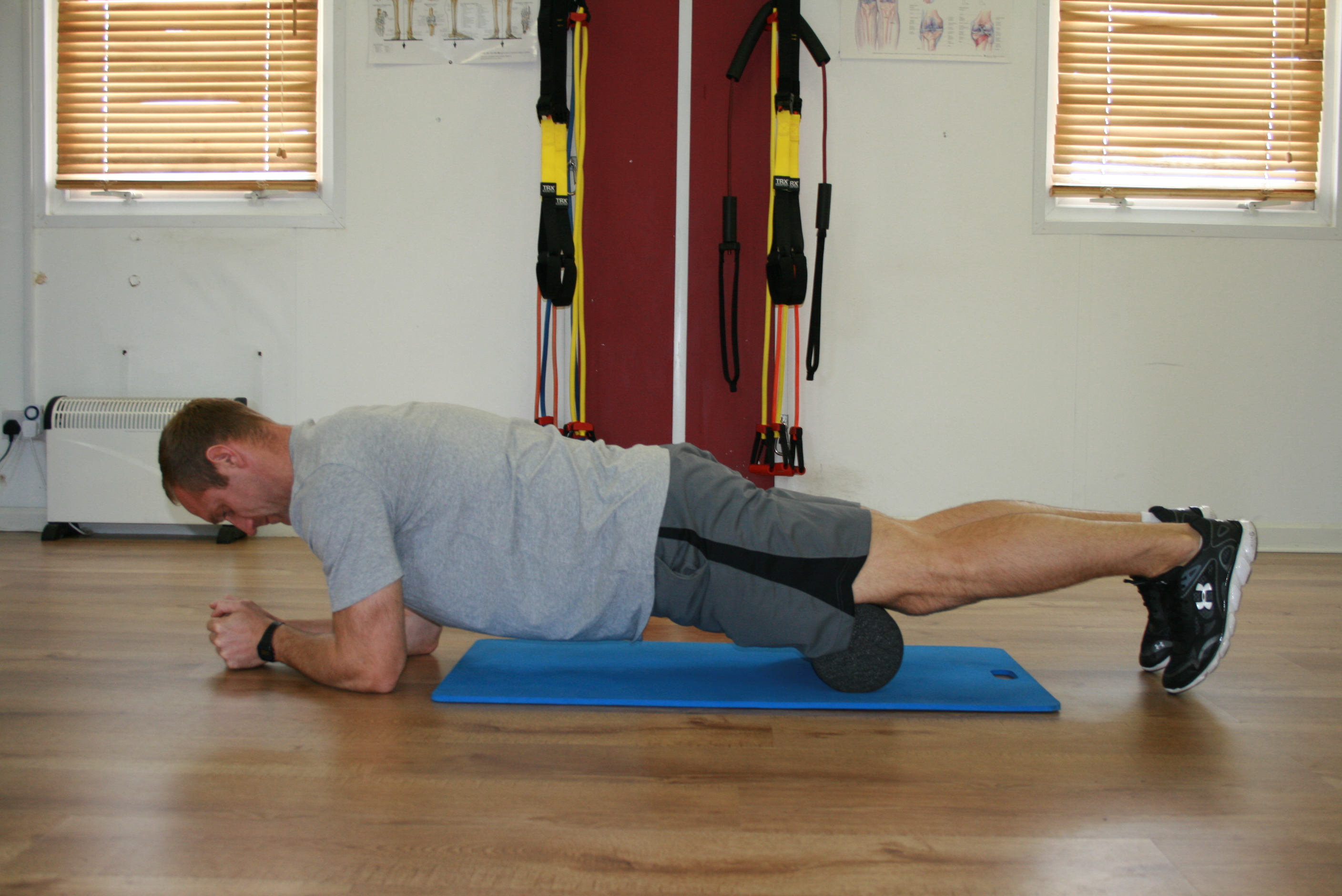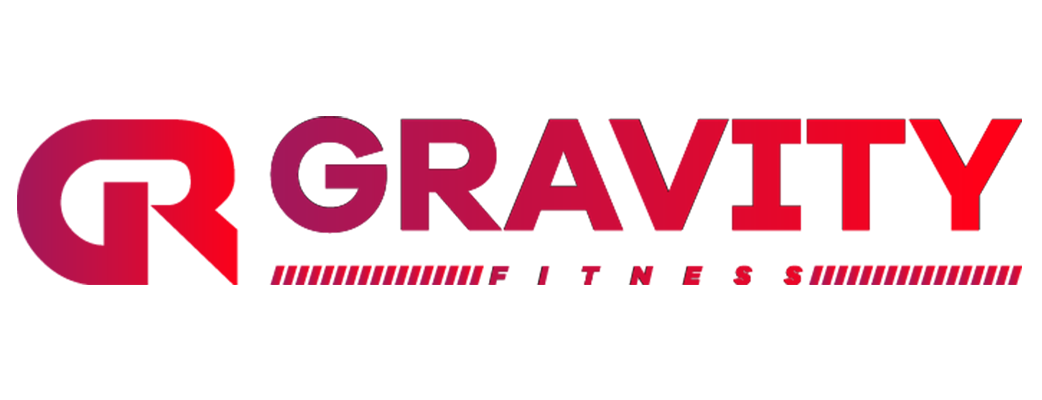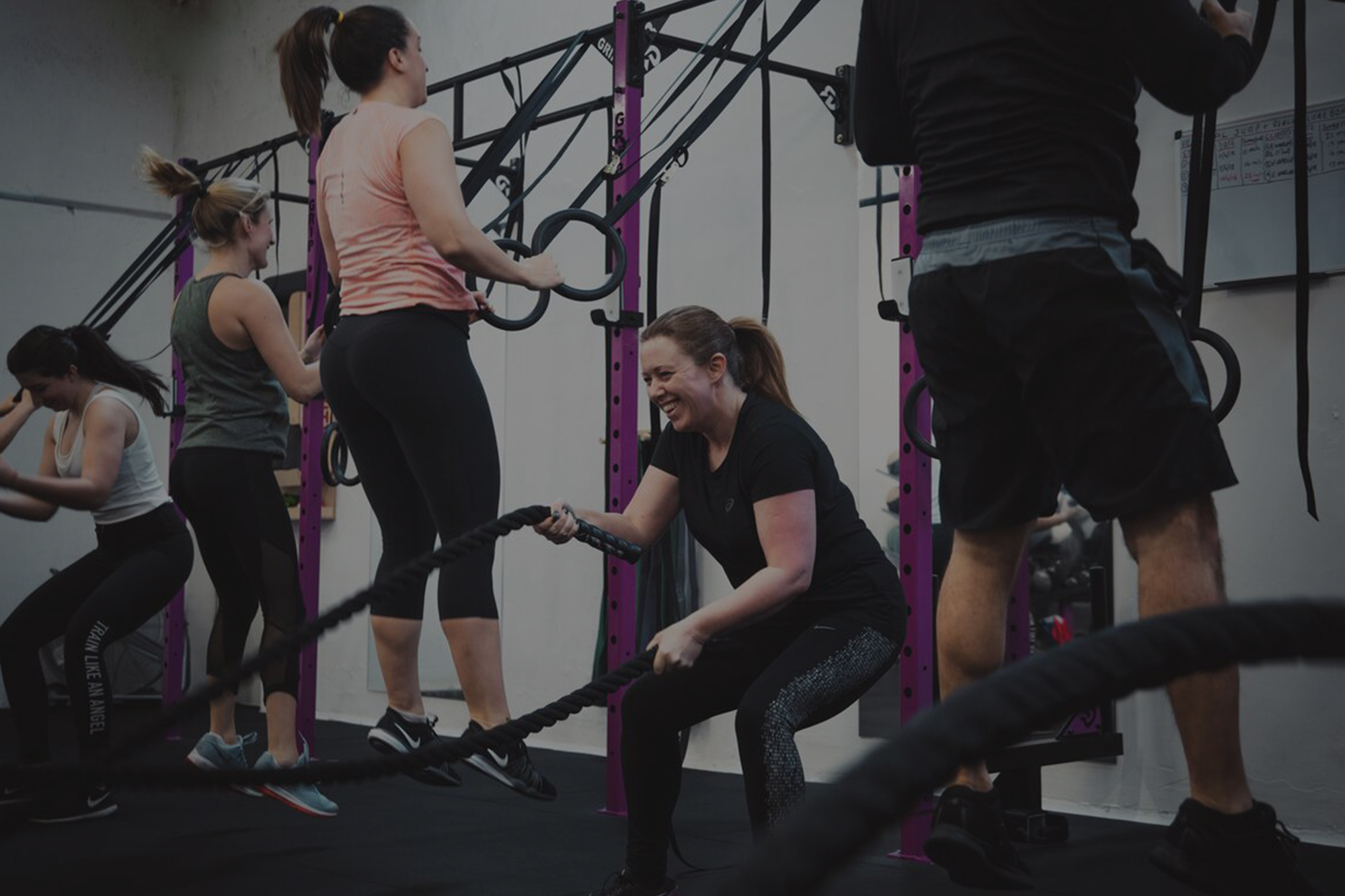
Hi, may name is Michael Carey from Gravity Fitness. I hold the position of trainer/coach and my article today is on foam rolling or “self-myofascial release”. It has become a popular practice for people of all fitness levels. It is an inexpensive way to aid recovery by releasing muscle tightness or trigger points. By applying deep compression to specific points on your body, it helps relax tight muscles and break up adhesions formed between muscle layers and the surrounding tissue. If we don’t take proper care of our muscles we could experience a loss of flexibility or mobility, which could result in painful movement or a decrease in the quality of our training and/or recovery. The compression of self-myofascial release allows normal blood flow to return to the muscle tissue, resulting in the restoration of healthy tissue. This is why foam rolling comes into our weekly training and recovery tools at Gravity Fitness.
Prior to working out, foam rolling can help relieve stiffness after a commute to the gym, especially if this involves a long drive or if your work is based at a desk and you spend most of your day sitting. Many people work in jobs where they are in a seated position, which in turn can increase our chances of having tight quadriceps, hamstrings and hip flexors for example. Using a foam-roller for 10 – 15 minutes a day can help with preventing muscle tightness while also aiding our recovery from any other training we have done previously and helps us prepare for future training sessions. Another important time to foam roll is post-workout or in the cool down phase. This helps bring the body back down towards a resting heart rate while also allowing us to work on our mobility and flexibility.
In order to get the most out of our roller you should roll the muscles slowly. The slower you roll the deeper into the muscle you will get, which requires more blood flow. As well as this, when you find an area that is tight you should pause on this spot and try to relax as much as possible, controlling breathing here is important. The more relaxed you are the better the body will react to the stimulus of the roller. If an area is too painful to apply direct pressure, shift the roller and apply pressure on the surrounding area and gradually work to loosen the entire area. The goal is to restore healthy muscles – it is not a pain tolerance test.
The main areas that you should look to foam roll are:
- Calves – this will help with your ankle mobility, which in turn aids us in developing squat technique.
- Hamstrings – rolling the hamstrings allows us to perform hinging exercises better but more importantly can aid us in relieving back pain.
- Quadriceps/Hip flexors – also aiding in the relief of back pain these areas will also benefit our squat pattern development.
- Latissimus dorsi/Thoracic Spine – these areas when relieved of tightness aid us in our ability to rotate left and right and also aid our ability in reaching over head.
Foam rollers should be the first piece of equipment put in our training bag. This cheap and effective tool can aid in preparing for a workout, recovering from a workout and for helping us relieve any tightness from our day to day activities.
Michael Carey, REPS L4 PT, BA SMC.




